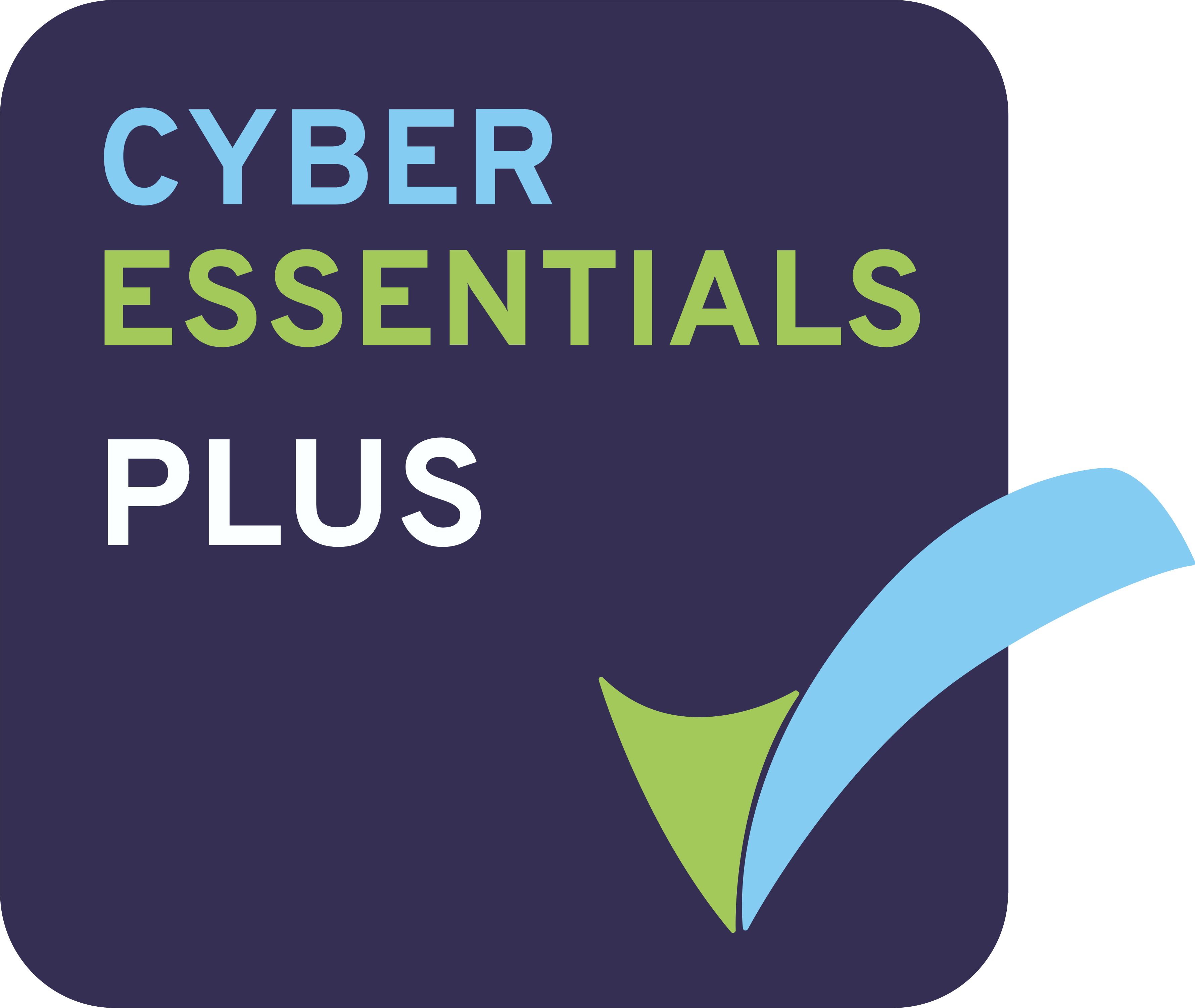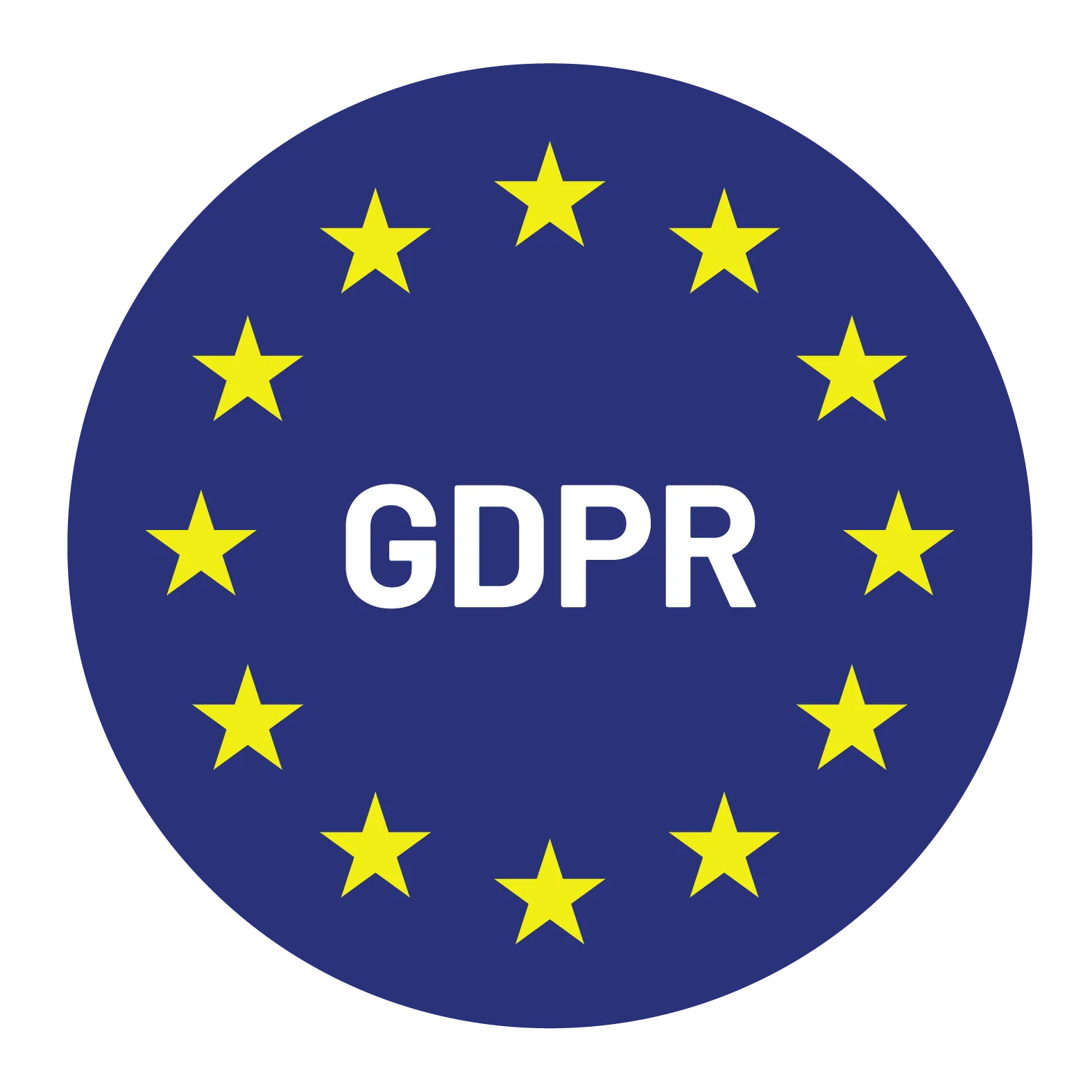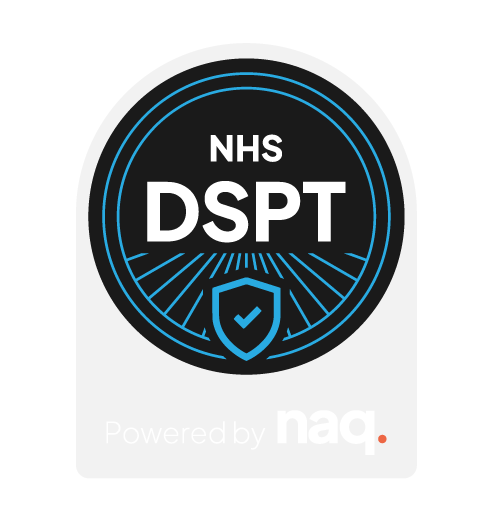DESCRIPTION
This article highlights the transformative benefits of using all-in-one care home management software in children's care homes. It discusses how the software streamlines operations, enhances staff efficiency, reduces costs, ensures data accuracy, strengthens security, fosters collaboration, and improves decision-making. By adopting such software, care homes can shift focus back to providing the best care for children, optimizing both staff workloads and the overall well-being of the children in their care.
When
August 2024
Who
Paula Martinez

Children's care homes play a crucial role in nurturing and protecting vulnerable young individuals. However, the day-to-day demands placed on staff can be overwhelming, with the need to juggle caregiving, administration, compliance, and communication tasks. Fortunately, innovative solutions like all-in-one cloud-based management software can help simplify these complexities. Below, we’ll explore how adopting such software can empower care homes to operate more efficiently and enhance the quality of care.
Streamlining Daily Operations:
Managing multiple systems for different functions like scheduling, communication, and medical records can often pull staff away from what matters most: the children. Traditional care homes may use fragmented processes and platforms, causing staff to spend unnecessary time navigating between them. An all-in-one software solution can streamline daily operations by integrating all functions into one unified system.
By simplifying workflows, staff can manage their tasks faster, dedicating more time to the children’s needs rather than struggling with administrative burdens. This shift allows for more personal attention and better emotional support, contributing to a more nurturing environment for the children.
Budget-Friendly Solutions:
Care homes, like many organizations, are often constrained by tight budgets. Investing in several different software platforms for separate functions can be costly and inefficient. One of the key benefits of an all-in-one care home management system is its cost-effectiveness. By providing a comprehensive platform that handles everything from financial management to care planning, homes can reduce the need for multiple software subscriptions.
The savings generated from streamlining software costs can be reinvested in more valuable areas, such as enhancing facilities, improving nutrition programs, or investing in continuous professional development for staff. Ultimately, this investment boosts the overall quality of care, benefiting both staff and the children under their supervision.
Ensuring Data Accuracy:
Accurate data is essential in ensuring that children in care homes receive the right attention at the right time. When multiple systems are used, staff often end up duplicating data entry, which increases the risk of mistakes. All-in-one management software eliminates this issue by centralizing data entry. Information is only entered once and automatically updates across all relevant systems, minimizing errors and ensuring that decisions are based on accurate, real-time information.
This streamlined data management is particularly vital when tracking a child's health and progress. Whether it’s medical records, behavioral reports, or therapy schedules, the accuracy of the information ensures that all care providers are informed and aligned, leading to improved outcomes for the children.
Enhancing Staff Efficiency:
Staff turnover in care homes can be high, and onboarding new employees can be a challenge when there are multiple systems to learn. Training new staff on fragmented processes is time-consuming and can delay the care they provide. A unified management system simplifies this process by providing a single, intuitive platform that’s easy to learn and use.
With faster onboarding and more efficient workflows, staff can focus on delivering high-quality care sooner. Everyday tasks, from updating care plans to scheduling shifts, become more manageable. This means that children's care needs are met more promptly and consistently.
Strengthening Data Security:
Children's care homes handle a large volume of sensitive data, from personal details to medical records, and ensuring the security of this information is paramount. Data breaches and loss of information can have severe consequences, potentially compromising the safety of children and the reputation of the care home.
All-in-one care management software offers robust security features, including encryption, secure access controls, and regular backups. These security protocols protect sensitive data from unauthorized access and ensure that in the event of a system failure, all critical information is safely stored and recoverable. Enhanced security measures help build trust with families and create a safer care environment.
Fostering Collaboration:
Effective communication between staff members, external agencies, and families is critical in children’s care homes. However, when communication tools are scattered across different platforms, information can get lost, and misunderstandings can arise. Care home management software provides a central communication hub where staff can easily share updates, track care plans, and collaborate in real-time.
In addition to facilitating internal collaboration, the platform can also improve communication with external professionals, such as social workers, therapists, or medical providers. This collaborative approach ensures that everyone involved in a child’s care is on the same page, leading to better-coordinated and more effective support.
Improving Decision-Making:
Data-driven decision-making is becoming increasingly important in care environments. With an all-in-one platform, care home managers can access real-time data and reports, allowing them to make informed decisions quickly. Whether it’s tracking the progress of an individual child or evaluating overall operational efficiency, the ability to see trends and analyze performance helps managers adapt and optimize care strategies.
For example, if the data shows a rise in behavioral incidents at certain times of day, care managers can investigate the causes and implement targeted interventions to address the issue. These insights help create a more responsive and adaptable care environment, ensuring the children’s needs are continuously met.
Conclusion:
Adopting an all-in-one cloud-based management system in children's care homes is not just a technological upgrade—it’s a commitment to improving the quality of care for vulnerable young people. From time savings and cost reductions to enhanced security and improved communication, the benefits are extensive.
By centralizing operations, simplifying workflows, and providing staff with the tools they need to perform their duties effectively, this software allows care homes to focus on their primary mission: providing a safe, nurturing, and supportive environment for children. As more care homes embrace these modern solutions, the impact on both staff efficiency and child well-being will be profound, paving the way for a brighter future in care provision.
Streamlining Daily Operations:
Managing multiple systems for different functions like scheduling, communication, and medical records can often pull staff away from what matters most: the children. Traditional care homes may use fragmented processes and platforms, causing staff to spend unnecessary time navigating between them. An all-in-one software solution can streamline daily operations by integrating all functions into one unified system.
By simplifying workflows, staff can manage their tasks faster, dedicating more time to the children’s needs rather than struggling with administrative burdens. This shift allows for more personal attention and better emotional support, contributing to a more nurturing environment for the children.
Budget-Friendly Solutions:
Care homes, like many organizations, are often constrained by tight budgets. Investing in several different software platforms for separate functions can be costly and inefficient. One of the key benefits of an all-in-one care home management system is its cost-effectiveness. By providing a comprehensive platform that handles everything from financial management to care planning, homes can reduce the need for multiple software subscriptions.
The savings generated from streamlining software costs can be reinvested in more valuable areas, such as enhancing facilities, improving nutrition programs, or investing in continuous professional development for staff. Ultimately, this investment boosts the overall quality of care, benefiting both staff and the children under their supervision.
Ensuring Data Accuracy:
Accurate data is essential in ensuring that children in care homes receive the right attention at the right time. When multiple systems are used, staff often end up duplicating data entry, which increases the risk of mistakes. All-in-one management software eliminates this issue by centralizing data entry. Information is only entered once and automatically updates across all relevant systems, minimizing errors and ensuring that decisions are based on accurate, real-time information.
This streamlined data management is particularly vital when tracking a child's health and progress. Whether it’s medical records, behavioral reports, or therapy schedules, the accuracy of the information ensures that all care providers are informed and aligned, leading to improved outcomes for the children.
Enhancing Staff Efficiency:
Staff turnover in care homes can be high, and onboarding new employees can be a challenge when there are multiple systems to learn. Training new staff on fragmented processes is time-consuming and can delay the care they provide. A unified management system simplifies this process by providing a single, intuitive platform that’s easy to learn and use.
With faster onboarding and more efficient workflows, staff can focus on delivering high-quality care sooner. Everyday tasks, from updating care plans to scheduling shifts, become more manageable. This means that children's care needs are met more promptly and consistently.
Strengthening Data Security:
Children's care homes handle a large volume of sensitive data, from personal details to medical records, and ensuring the security of this information is paramount. Data breaches and loss of information can have severe consequences, potentially compromising the safety of children and the reputation of the care home.
All-in-one care management software offers robust security features, including encryption, secure access controls, and regular backups. These security protocols protect sensitive data from unauthorized access and ensure that in the event of a system failure, all critical information is safely stored and recoverable. Enhanced security measures help build trust with families and create a safer care environment.
Fostering Collaboration:
Effective communication between staff members, external agencies, and families is critical in children’s care homes. However, when communication tools are scattered across different platforms, information can get lost, and misunderstandings can arise. Care home management software provides a central communication hub where staff can easily share updates, track care plans, and collaborate in real-time.
In addition to facilitating internal collaboration, the platform can also improve communication with external professionals, such as social workers, therapists, or medical providers. This collaborative approach ensures that everyone involved in a child’s care is on the same page, leading to better-coordinated and more effective support.
Improving Decision-Making:
Data-driven decision-making is becoming increasingly important in care environments. With an all-in-one platform, care home managers can access real-time data and reports, allowing them to make informed decisions quickly. Whether it’s tracking the progress of an individual child or evaluating overall operational efficiency, the ability to see trends and analyze performance helps managers adapt and optimize care strategies.
For example, if the data shows a rise in behavioral incidents at certain times of day, care managers can investigate the causes and implement targeted interventions to address the issue. These insights help create a more responsive and adaptable care environment, ensuring the children’s needs are continuously met.
Conclusion:
Adopting an all-in-one cloud-based management system in children's care homes is not just a technological upgrade—it’s a commitment to improving the quality of care for vulnerable young people. From time savings and cost reductions to enhanced security and improved communication, the benefits are extensive.
By centralizing operations, simplifying workflows, and providing staff with the tools they need to perform their duties effectively, this software allows care homes to focus on their primary mission: providing a safe, nurturing, and supportive environment for children. As more care homes embrace these modern solutions, the impact on both staff efficiency and child well-being will be profound, paving the way for a brighter future in care provision.



